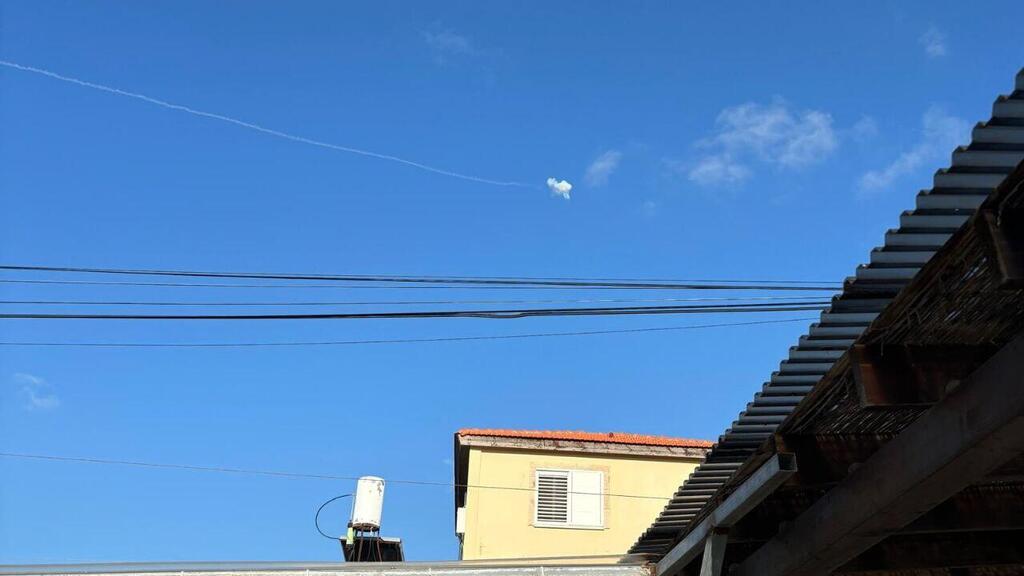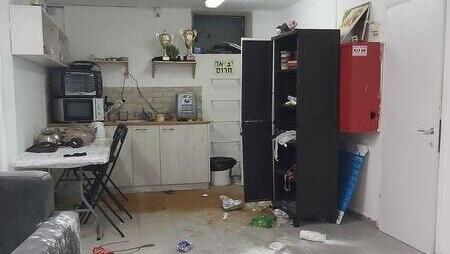Getting your Trinity Audio player ready...
Israeli drone downed over Lebanon
Two drones crashed in open areas in the Golan Heights on Sunday, causing a fire to break out near Katzrin after warning sirens continued sounding on and off in a number of communities located in the southern Golan and Upper Galilee. Sirens also sounded in Kiryat Shemona, Metula, Kfar Blum and other northern Israel communities after a suspected hostile aircraft infiltrated Israeli airspace.
Fighting in the north intensified on Saturday when a Burkan missile hit an IDF base near Kiryat Shemona, and a second missile fell in a closed supermarket in the city. No casualties were reported in both incidents, but damage was caused to vehicles and buildings and fires broke out in the area. Serious damage was reported on the military base.
Some 60,000 residents from Acre, a northern Israeli city located on the Mediterranean Sea coast were instructed to stay in their protected rooms or shelters, and the municipality announced a return to emergency guidelines after a situation assessment. Sirens were activated in the city over the weekend, and a Hezbollah drone was intercepted west of the area on Saturday.
"We’re starting to realize that it's starting to reach us. We’re prepared and have implemented emergency guidelines. Acre is another front in the war, and we need the full cooperation of the IDF Home Front Command. We aren’t receiving satisfactory answers," Acre Mayor Amihai Ben Shlush said in an interview with Ynet on Sunday.
"There are those who don't have safe rooms, and there are locations that lack them,” he added. “We’re working on it. We’ll conduct a weekly assessment regarding the safe rooms and check each one. We’ll do our utmost to ensure the residents’ security." However, he added that "Currently, we aren’t being instructed to evacuate the city."
The Alma Research and Education Center, which inspects Israel's security challenges in the north, published a report on Sunday showing that May 2024 recorded the greatest intensity of Hezbollah attacks since October 2023. According to the institute's data, 325 attacks on Israeli territory were carried out throughout the month, with an average of 10 attacks per day.
Additionally, May saw an increase in the number of incidents where Hezbollah used anti-tank missiles and drones. There were twice as many events compared to April, which recorded 50 anti-tank attacks and 42 drone infiltrations, compared to 95 anti-tank missile attacks and 85 drone infiltrations in May.







